We may earn income from links in this post. Please read this Disclosure for details.
Looking for the best paella in Valencia, Spain? Paella is an essential part of Spanish cuisine and a delicacy that’s enjoyed by people around the world.
Read on to learn everything you need to know about authentic Paella Valenciana. Discover what it is, where to find it and how to make it!

Although I’m originally from the small country of Luxembourg, I’ve called Spain my home away from home for many years. The seaside town of Valencia is one of my favourite cities as it offers everything you could wish for in a vacation destination.
Spain’s third largest city boasts a temperate climate, brilliant sandy beaches, a wealth of green spaces, impressive architecture and chilled atmosphere all packed into one awesome place.
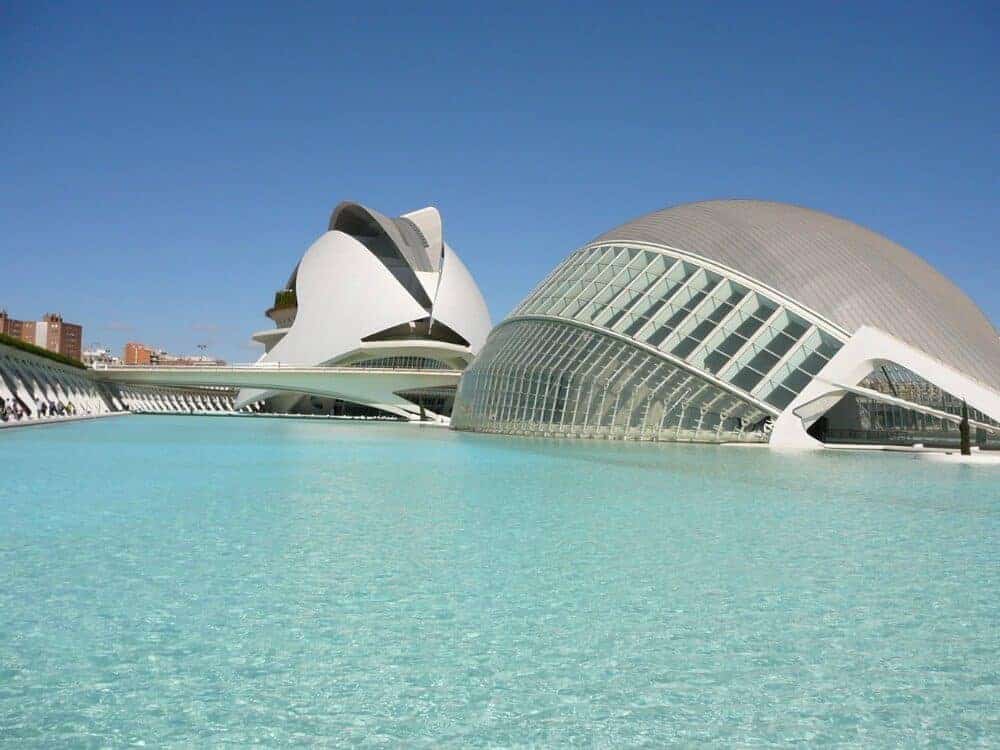
No wonder it’s considered one of the most beautiful places to visit in Spain. It’s a short 2 hours from Madrid by train and with 17 trains running daily, it’s easy to include a visit to Valencia in any Madrid itinerary.
Not only is it a popular Spanish city to visit for sightseeing and major festivals such as Las Fallas, Valencia also happens to be a top destination for food lovers.
Along with its atmospheric cafes, bars and lively street life, it’s the home of paella, the world-famous Spanish dish.
Valencia is the Birthplace of Paella
Although you should also be sure to try a traditional dishes such as gazpacho soup, salpicon de mariscos (seafood salad) and bacalao a la vizcaina (salted cod stew), if you have time to try only one food in Valencia, it should be paella!
Not only is it considered by many to be the national dish of Spain, but Valencia is known as the best place to try it.
And along with the cooking classes in Barcelona, one of the best place to learn how to make it!
🌟 Fun Fact: There are even special days devoted to celebrating this dish. National Spanish Paella Day takes place on March 27th and World Paella Day happens on September 20th!
Here’s everything you need to know about this traditional Valencian dish whether it’s your first time in Valencia or you’re a return visitor.
Read on to discover where to find the best paella in Valencia, the types of paella you can expect to find, the best paella cooking classes and the best paella restaurants for every budget.
What is Paella?
Paella is Spain’s most popular rice dish and the most iconic of its cuisine. The warm orangey-gold glow of the rice, the strips of verdant vegetables, the crispy crust and juicy prawns or chicken, is what makes true paella Valenciana a special dish that’s well worth seeking out.
When it comes to its history, paella originated in the eastern coastal Spanish city, Valencia in the 1800s.
The original recipe was created by peasants, humbly using leftovers from celebrations and simple local ingredients to create tasty meals.
The word paella itself means “frying pan” in Valencian-Catalan and refers to both the dish and the pan it is cooked in.

Traditionally, paella is eaten year-round. However, it is frequently served in restaurants on Thursdays.
The reason being that seafood from the coast harvested on a Monday would take a few days to make its way inland.
By the time Thursday rolled around, the seafood would need to be cooked so that it wouldn’t spoil.
Paella is one of the most popular foods to enjoy at parties with friends or family as well as during major celebrations such as Las Fallas Festival in March.
It’s also a popular dish to make a road trip for. Popular day trips from Valencia include visits to the famous Spanish walled city of Peniscola, one of the nearby beaches or to a family-style restaurant set in the countryside surrounded by rice fields.
It’s considered the most typical food of Spain and if you ask anybody “What is Spain known for?”, their answer will most likely be “PAELLA!”.
You can find it everywhere from Barcelona to Zaragoza.
How to Find the Best Paella in Valencia
Although it would be tempting to think that everywhere you go in Valencia, you’ll find a deliciously authentic paella, unfortunately the truth is that it’s possible to have a disappointing or even bad paella.
Here’s what to consider when choosing a paella restaurant in Valencia or even making this traditional dish at home.
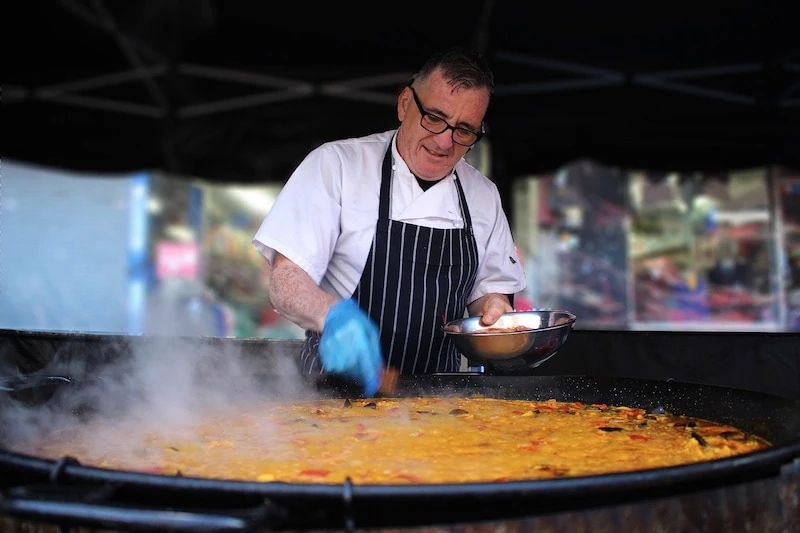
First, the proper equipment is needed for an authentic paella. The best paella is made in a paella pan, a wide, shallow and flat-bottomed pan set on a gas grill or an outdoor paella ring.
The next important requirement for a traditional Spanish paella are the ingredients.
These are the most typical key ingredients for a classic recipe for paella:
- Spanish bomba rice (the best type of rice for paella is a short grain white rice or arroz redonda)
- Chicken or rabbit
- Broad green beans or bajoqueta
- Salmorra (blend of Nora chile peppers, tomatoes, and garlic)
- Olive oil
- Dried oregano
- Crushed garlic
- Saffron
- Bay leaves
- Italian flat-leaf parsley
- Lemon zest
- Chicken stock
- Spanish onion
- Bell peppers
- Crumbled sausage
- Shrimp
Steps in Making an Authentic Paella
In addition to the requisite ingredients, there are also specific steps involved in making an authentic paella.
If you take a paella cooking class in Valencia or market tour and paella lesson in Barcelona, you’ll learn the secrets of making real paella such as snapping the beans not cutting them.
But it’s possible to make a good paella anywhere in the world.
First, the chef or home cook will first marinate the chicken (or rabbit) pieces in olive oil and oregano.
Then, they’ll heat the olive oil in a paella pan over medium heat and stir in the garlic, Salmorra, and rice, stirring lightly with a wooden spoon to coat the rice with the other ingredients, and cooking it for 3 minutes.
Then, they’ll add in the saffron, bay leaf, parsley, chicken stock, and lemon zest, bring it to a boil and then reduce the heat to medium-low.
It will then be covered and left to simmer for 20 minutes.

Meanwhile, in a separate skillet, the cook heats 2 tablespoons of olive oil over medium heat, stirs in the marinated chicken or vegetables and onions and cooks it for 5 minutes.
Then, they add the bell peppers and sausage and cook for another 5 minutes. Finally, they add the shrimp turning until both sides turn pink.
Next, they spread the rice mixture onto the serving tray and top it off with the meat and seafood mixture. That’s when the magic happens.
The key to a delicious and authentic paella is in the process of cooking it. The pan should be shaken gently while the paella is cooking to evenly distribute the ingredients, allowing all sections to cook evenly.
🌟 The secret to the most delicious paella? The best paella features a firm socarrat, the crust of crispy rice stuck to the bottom of the paella pan.
This slightly scorched rice crust adds a deliciously satisfying layer to a plate of rice.
Without a socarrat, it’s not an authentic paella and instead is a just a rather soggy mixture of rice and meat or seafood.
Paella is typically served with a Valencian salad, a simple mix of lettuce, olives, carrot, hard-boiled egg, onion, tuna and tomato dressed with olive oil and vinegar.
Enjoy it with a pitcher of sangria or a Spanish gin and tonic.
When is it Served?
Traditionally, paella is served at lunch not dinner. Lunch typically begins at 2 pm so that’s when paella is generally served.
However, in Valencia’s centre, restaurants catering to tourists will often serve paella for dinner, which begins at 9 pm.
Main Types of Paella

Although the most traditional Valencian Paella was originally prepared with rabbit and snails (and even eel), as eating habits became more sophisticated and other ingredients more readily available, Valencians started adding other types of meat and ingredients to their rice dishes.
Now you can find butter beans, paprika, and saffron appearing in the many versions of paella in Valencia.
Expect to see seafood paella, mixed paella, black paella, vegetarian paella, white paella, spiny lobster paella, and fideua, a noodle paella on menus around town.
There’s even a paella with pork in beer!

Let’s take a closer look at some of the variations of paella you’ll find in Valencia restaurants.
Seafood Paella (Paella Marinera or Paella de Marisco)
This one best defines Mediterranean cuisine as the seafood imparts a taste of the ocean. This paella is usually prepared with prawns, squid, mussels and clams.
It’s the most popular Catalan dish in Barcelona and Spain’s eastern coastal areas and in summer it is very commonly eaten at beach bars.
Valencia is one of the warmest places in Spain in winter so you can enjoy it year-round.
You can’t visit a beach in Spain without trying seafood paella.
Meat Paella
A meat paella is a typical Sunday paella in Spain. It’s cooked with chicken and a generous amount of black pepper and paprika as well as red peppers and peas so that the meat absorbs all the flavours.
It is easy to cook at home and if you come to Spain, make sure to order it with a side of olives.
Fideua or Noodle Paella
Fideua is essentially paella made with short spaghetti noodles instead of rice. Like rice paella, it is also cooked in a big paella pan.
The base of this paella is a wonderful mix of fish stock and tomato-pepper sauce that the spaghetti noodles soak up as it cooks.
Then fish and seafood are added. An especially popular traditional Catalan food in Barcelona, fideua is a comforting dish to enjoy in cold weather.
But it’s also light enough for warm weather.
The Best Paella Restaurants in Valencia

Valencia is not only one of the best places to spend a winter holiday in Spain, but because it’s considered the birthplace of paella, it’s also home to what’s arguably the best paella in the world.
Given the amount of work involved in making an authentic paella, you won’t find a super cheap paella.
But there are definitely some affordable options if you eat like the locals do and avoid the tourist traps.

🌟 Pro Tip: Most Valencia restaurants prepare paella for a minimum of two people. And certain types of paella must be ordered in advance. So, to avoid disappointment, check the menus before you go. And reserve in advance.
Here are some of our top choices for the best paella restaurants in Valencia.
1. La Pepica
Walking down Valencia’s Malvarrosa beachfront, you can find La Pepica restaurant at Paseo Neptuno 6. (Google Map). It’s a perfect place to eat paella by the beach with friends and family on a terrace overlooking the Mediterranean.
La Pepica opened its door to the public in 1898 and was Ernest Hemingway’s favorite place to eat paella. It continues to draw a celebrity crowd.
In addition to its stunning ocean views, La Pepica does serve a stellar version of traditional Valencian paella.
But the star attraction is the special Pepica’s Paella. This dish was created for Spanish Valencian painter Joaquin Sorolla and is generously filled with peeled shrimp and fragrant spices.
Just as famous though is its vegetarian paella. It was originally prepared as a special dish for Queen Sofia of Spain but has since become a favourite item on the menu.
2. Restaurante Levante
Located in the quaint little town of Benisanó, Comunidad Valenciana, 46181, Spain, Restaurante Levante is said to have the best paella in Valencia.
This restaurant is a little off the usual tourist-path but is visited by locals to fulfill their cravings for paella. Their signature dish is traditional Valencian paella, prepared with chicken, rabbit and a wonderful mix of local beans.
Good paella is incomplete without a delicious glass of red wine, so Restaurante Levante offers that too. You can choose from among 10,000 bottles of Spanish wines available in the restaurant’s cellar.
This historic restaurant opened up in 1968 and since then it is serving people with authentic traditional Valencian Paella.
3. Casa Roberto
In the lively and vibrant part of bohemian Ruzafa district just a short walk from the Old Town, Casa Roberto is one of the best-known and best-loved paella restaurants.
Opened in 1986, it offers one of the best paellas in Valencia. The recipe followed here is the classic adding in slightly more snails and a good portion of vegetables.
Beyond paella, it serves all kinds of traditional Valencian rice dishes, as well as popular tapas, including a famous jamon serrano.
Casa Roberto offers a true Valencian atmosphere. The paella served here is pricier than some of the other restaurants on our list.

4. Casa Carmela
When it comes to family-run restaurants, you won’t be disappointed with Casa Carmela. Located on the beachfront of Malvarrosa (Google Map), this upscale family-run restaurant has been delighting customers for nearly 100 years.
It originally started as a small shack near the beach where swimmers could change their clothes and rest.
Their specialty is paella cooked over a wood fire, the dining experience offered at Casa Carmela is unique in that everyone in one party eats the paella directly out of the pan it was cooked in.
So, if you plan to eat here it’s best to go with a group. Here, paella is made to order, so it may take some time to arrive at your table after ordering. The price of paella is 21€ to 40€.
5. La Riuá
Located in Valencia’s picturesque historic centre (Google Map), La Riuá is a family-run restaurant and tavern offering fantastic paella at an affordable price.
The restaurant’s signature dish is Paella Valenciana, but they serve more than a dozen different varieties of the famous rice dish.
Locals consider it the best restaurant in Valencia for Arroz Negro, the black paella made with cuttlefish or black squid ink.
🌟 Pro Tip: Arroz Negro from Spain is quite different than Arroz Negro from Guatemala. Suitable for vegetarians, the Guatemalan version uses black turtle beans rather than squid ink to achieve the characteristic black colour.
If you’re visiting Valencia during Las Fallas (the famous fireworks festival), La Riuá features a special Fallas Menu for €35.
It includes choices of starters (bacalao meatballs, octopus, salad), two rice dishes (arroz negro, arroz caldoso de marisco, paella, “brothy” rice and more) and a traditional dessert (such as flan, hazelnut cake and squash pudding)
6. Take a Valencian Paella Cooking Class
Sometimes the best paella is the one you make yourself! One of the top things to do in Valencia is to learn how to make paella in a hands-on Valencian Paella Cooking Class.
Not only will you have an opportunity to shop for ingredients in the market but you’ll learn the secrets of making paella with a local chef plus enjoy tapas and sangria while preparing the meal.
Plus you’ll take home a new skill!
Check rates and availability of a Valencian Paella Cooking Class on Viator.com.
7. Take a Food Walking Tour in Valencia
Another savvy way to experience the best of Valencia’s culture and cuisine is to take a food walking tour. Not only will you get to sample famous Valencian dishes such as paella but you’ll do some city sightseeing along the way.
Some food tours combine tastings at select stops. Others (such as Living Tours) focus on sightseeing and then wrap up the morning with a tasty paella lunch or dinner at a local restaurant in the historic heart of Valencia or the beach.
This is also a good opportunity to sample horchata de chufa, a non-alcoholic Valencian drink made of tiger nuts. This is also a popular beverage in Guatemala and Oaxaca, Mexico, where it’s made with rice.
Check prices and availability of a Food Walking Tour in Valencia on Viator.com.
FAQs
There are many variations of paella but a true Paella Valenciana contains a generous quality of meat, usually chicken and/or rabbit as well as seafood and snails. A classic Paella Valenciana also contains fresh green beans, rosemary and saffron.
The most popular paella is paella de marisco or seafood paella. It’s enjoyed around the world and contains shrimp, mussels or other shellfish, calamari and sometimes lobster.
Paella is served for a minimum of two people because that’s the smallest size paella pan. This means you’ll pay for two orders even if you’re dining solo. To get paella for one person look for places that serve “comida para llevar” which means food to go. That’s where you can get a single order of paella to go. In Valencia, El Rubio, La Cuina and Paellas Velarte are good options. Note that “comida para llevar” shops are generally open only for lunch.
More Amazing Spanish Food Experiences
Writer’s Biography: Paulina on the Road

Hola! I am Paulina, a fervent travelette who crossed the Atlantic Ocean by Boat HitchHiking. Bloggin’ in English & Español since 2015. Originally from the small country of Luxembourg, I want to share with you my passion for sustainable travel like hiking, cycling or sailing.
Let’s hit the road together at paulinaontheroad.com. Get inspired by my wanderlust photos on Instagram.
Save to Pinterest!


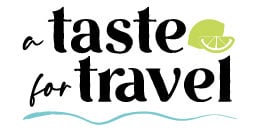



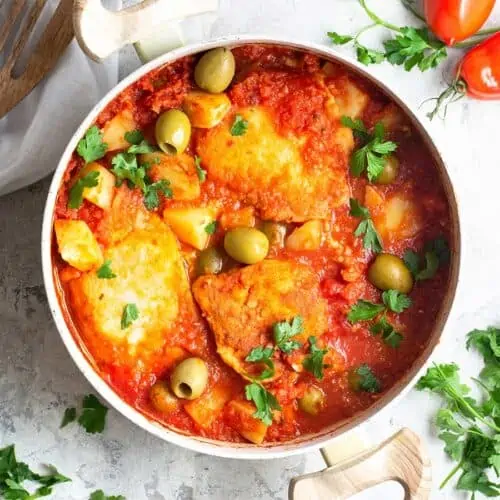

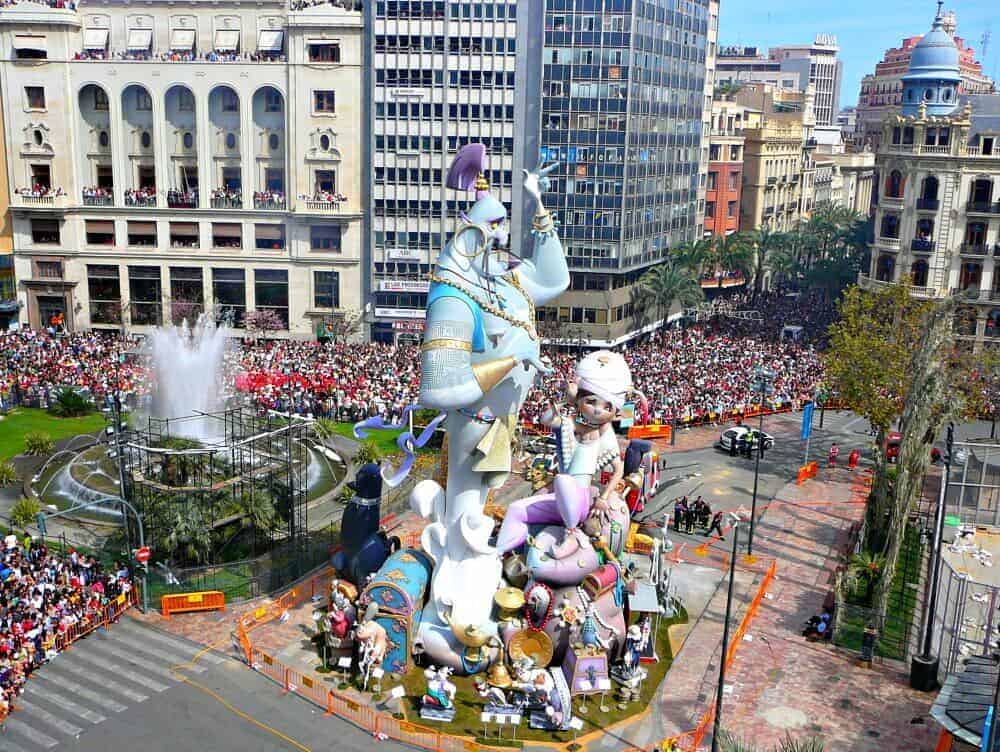
 15 Reasons to Put Santa Maria di Leuca on Your Bucket List
15 Reasons to Put Santa Maria di Leuca on Your Bucket List
Bola
I cannot imagine not tucking into a really tasty Paella when in Spain. The best one I’ve had was in Majora but look forward to visit one of these restaurants when I get to Valencia. Thanks for the tips.
Carole Terwilliger Meyers
I do enjoy paella but have to be careful when ordering it because I have an allergy to mussels, and mussels are often in any seafood version. In Valencia my chances of finding a version without them appears heightened.